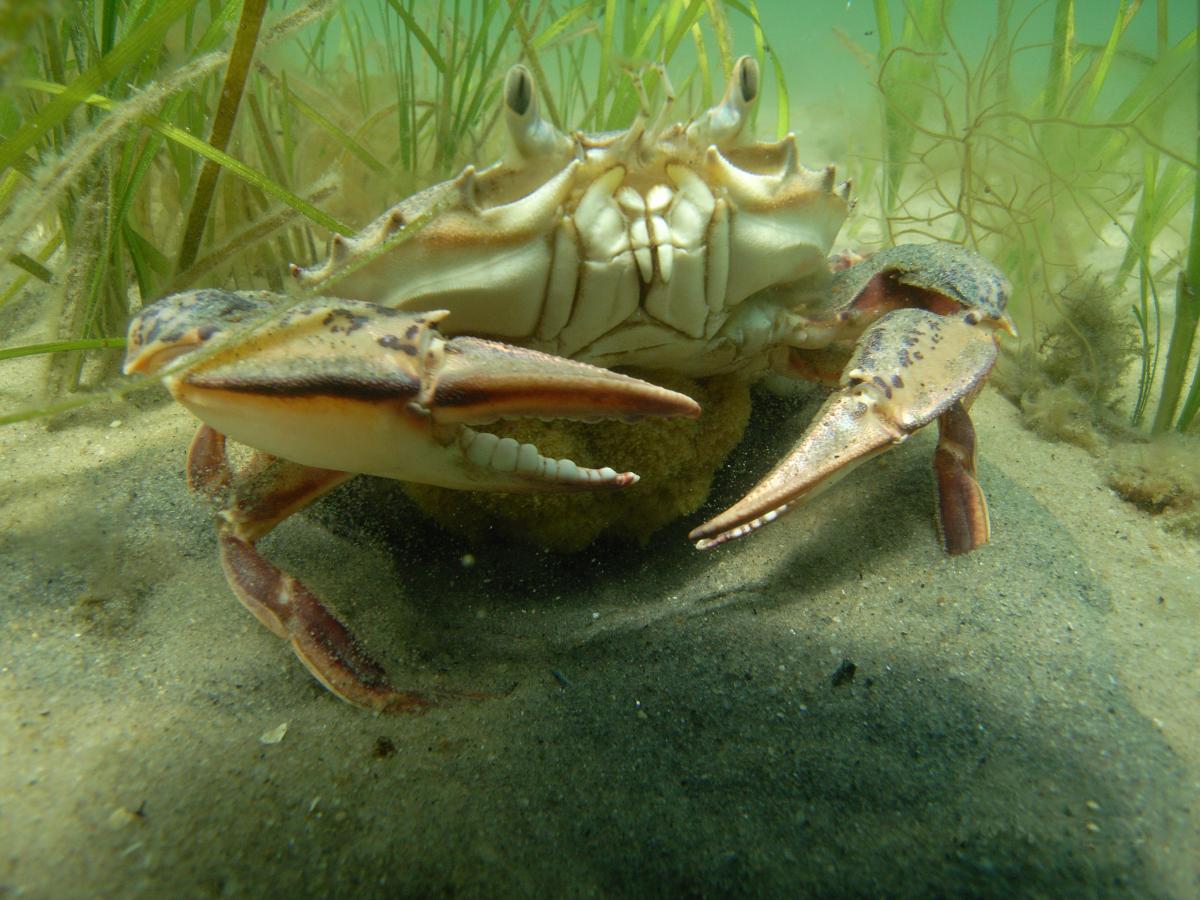by Kristen Minogue

For a long time, it seemed the odds were never in their favor. With seagrass wasting disease, hurricanes and chronic pollution, tens of thousands of acres of Chesapeake Bay underwater plants vanished between the 1950s and 1970s, marking the largest decline in over four centuries. But now, thanks to concerted efforts to rein in harmful nutrients like nitrogen and phosphorus, underwater flora can celebrate a new victory: the largest underwater grass resurgence ever recorded.
A team of 14 Chesapeake scientists came out with the discovery on Monday, in a new study published in Proceedings of the National Academy of Sciences. The scientists found that since 1984, average nitrogen levels in the Bay have dropped 23 percent, and phosphorus has dropped 8 percent. As a result, underwater plants in Chesapeake Bay have shot up more than four-fold.
This is not only a victory for conservationists. Underwater plants are worth trillions of dollars for society. They protect shorelines from erosion and storm surges, store carbon, and provide food and shelter for some of the Bay’s most popular species, including young blue crabs. But more than that, they are “sentinel species,” a gauge of the overall health of Chesapeake Bay.
“Big increases in the grasses mean that we’re really succeeding in our effort to restore the Chesapeake Bay—that we’re getting sediment and the nutrients down to levels where the water’s clearer and the grasses get the light they need to survive and grow,” said co-author Don Weller, an ecological modeler with the Smithsonian Environmental Research Center. “Cleaner water and more grasses should also support other things that we used to have more of in the Bay, like crabs and oysters.”
